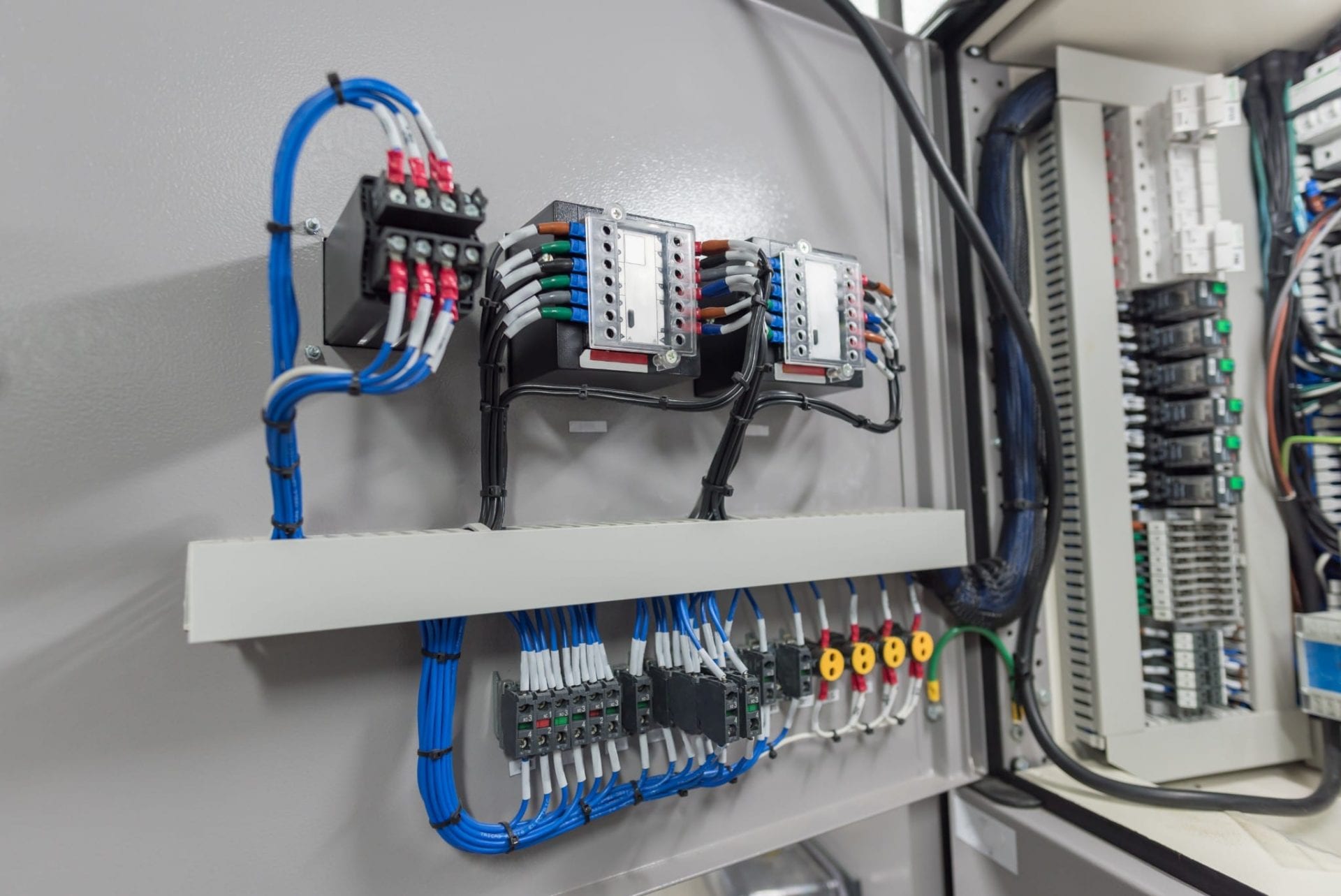Electrical Wiring for Beginners: The Complete Guide

Electrical wiring is an essential component of any home and understanding it is essential for every homeowner. Not only does it help to ensure the efficient running of your house however, it is crucial to ensure your safety. In this post, we’ll examine the fundamentals of electrical wiring as well as the importance of security, and the benefits having an accredited residential electrician for all electrical wiring needs.
Understanding the basics of electrical wiring
Electrical wiring is the set of electrical conductors which run throughout your home, providing electrical power to your appliances, devices, and lighting fixtures. It functions by creating electrical circuits that connect the sources of power with your gadgets. Electrical circuits are made up of wires, switches, along with other electronic components, which work to form a secure and reliable electrical system. There are various kinds of electrical wiring, including aluminum, copper, as well as different types of wire insulation, such as PVC or rubber.
Planning and Preparation for Electrical Wiring
Before installing an electrical wire, you must consider several factors to consider, including the type of wiring you’ll need, the size that your electric system can handle and your power requirements. Additionally, it is important to be aware of the electrical rules and regulations for wiring as well as the permits required in your locality. To prepare for electrical wiring, design an electrical plan and assess your electrical requirements. This will help ensure that your electrical system is secure, efficient, and meets your power requirements.
Materials and Tools Needed for Electrical Wiring
When installing new electrical wiring, it is crucial to have the proper materials and tools on hand. Essential tools include strippers, wire cutters, pliers, as well as a voltage tester. Other items required for wiring electrically comprise electrical tapes, wire nuts, conduit, as well as electrical box. It’s also useful to have a wiring diagram that will guide you through the installation process.
Step-by-Step Instructions for Electric Wiring Installation
Installing electrical wiring can be a complex process However, with the proper tools and knowledge it can be accomplished in a safe and efficient manner. Here’s a step-by step guide to installing new electrical wiring at home:
Turn off the power to the area where you will be working.
Plan the wiring layout and mark where the wiring will be positioned.
Install electrical conduits and electrical boxes where necessary.
Cut and strip wires to the correct length.
Make sure you connect the cables to your fixtures or devices you are wiring.
Secure the wires in place with wiring nuts, electrical tape or even conduit straps.
Test the wiring to ensure that it’s working properly.
When installing the wiring It is crucial to follow wiring installation best methods and suggestions. Additionally, be aware of the common mistakes in the installation of electrical wire for example, wiring circuits that are too large, using wires that are damaged or using the wrong type of wire to accomplish the task.
Troubleshooting Electrical Wiring Problems
Even with careful design and installation, electrical wiring issues can develop. Common issues include wiring problems, overloads in circuits as well as electrical shorts. To troubleshoot these problems it is crucial that you are aware of common electrical wiring issues and be aware of how to efficiently and safely solve them. In addition, it is essential to follow electrical safety procedures in the event of a problem with electrical wiring like shutting off the power and wearing safety equipment.
Conclusion
In conclusion, understanding how your electrical wiring is wired in your home is crucial for your safety and for the proper functioning of your electrical system. It is crucial to engage an authorized electrician to make sure your wiring is installed and maintained in a proper manner. In Local Electrician Greystanes, we provide various electrical services, which include electrical wiring installation and repair. Call Local Electrician Greystanes at 1300 610 481 for all your electrical wiring requirements.
Electrical Wiring FAQ
Here are some commonly asked questions about electrical wiring, as well as additional safety tips and the best techniques for electrical wiring repair and installation:
What kind of wire should I use to wire my electrical circuit?
The type of wire you choose to use for your electrical wiring depends on your specific needs and local building codes. It is crucial to select the appropriate gauge of wire, insulation type, and wire material to ensure safety and efficiency of your electrical system.
Can I install myself my own wiring for electrical use?
While it is feasible to create an electrical wire yourself it’s crucial to have the skills and knowledge to install it effectively and safely. In most cases it is recommended that you employ an experienced electrician to ensure that your wiring is set up and maintained properly.
How often should I inspect my electrical wiring?
It is suggested to examine your electrical wiring at least every 10 years, or when you notice symptoms of electrical malfunctions like frequent trips to the circuit breaker or electric shocks.
What should I do if discover electrical wiring issues within my home?
If you observe any electrical wiring issues in your home, like flickering lighting or outlets that do not function, it’s important to fix them right away. Switch off the power source to the area affected and then contact a licensed electrician to assess and repair the issue.
If you follow these guidelines and best methods, you can be sure the electrical wires are secure and working correctly. Remember to prioritize safety and consult with a licensed electrician in the event of a need. Reach out to Local Electrician Greystanes at 1300 610 481 for all electrical wiring issues.
